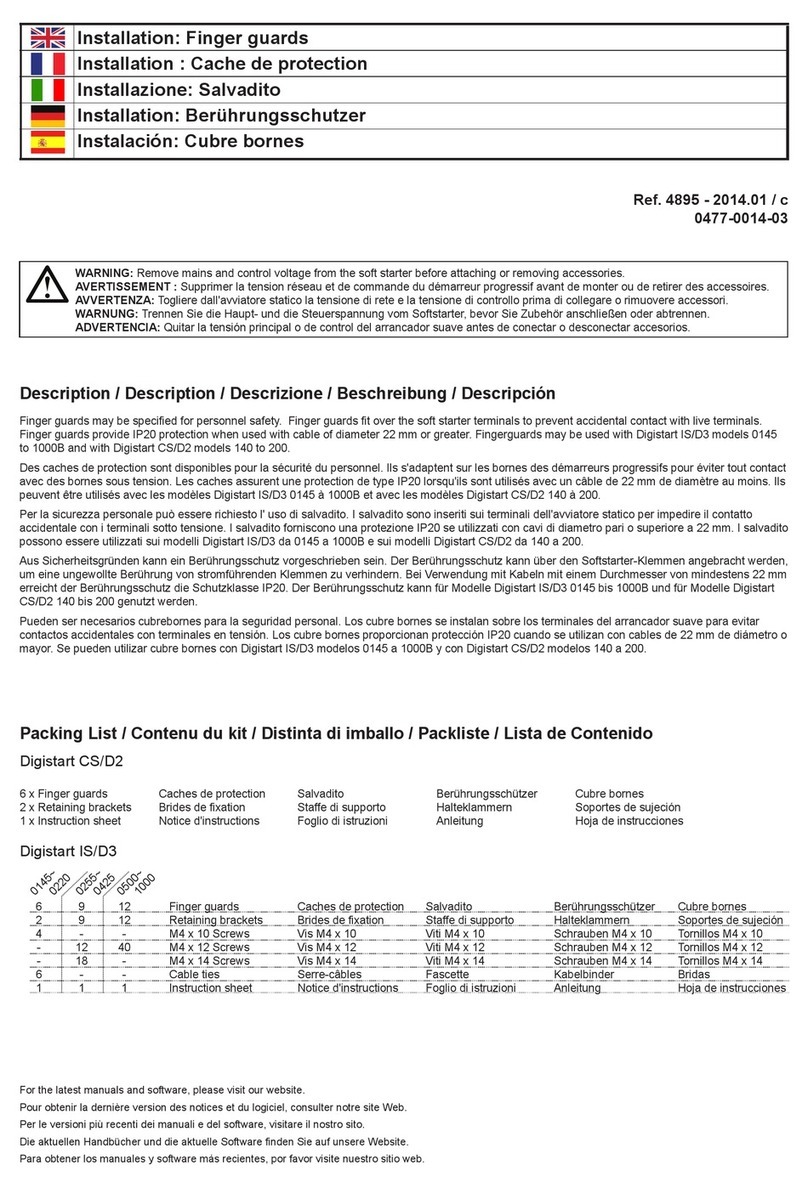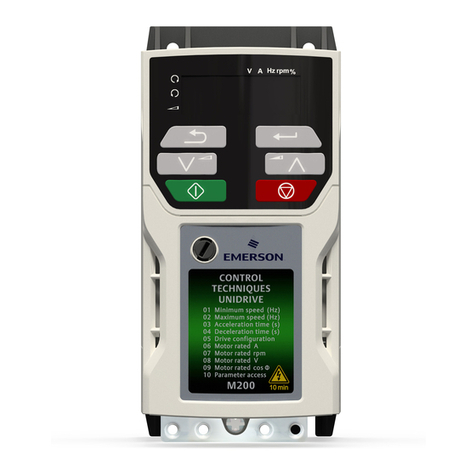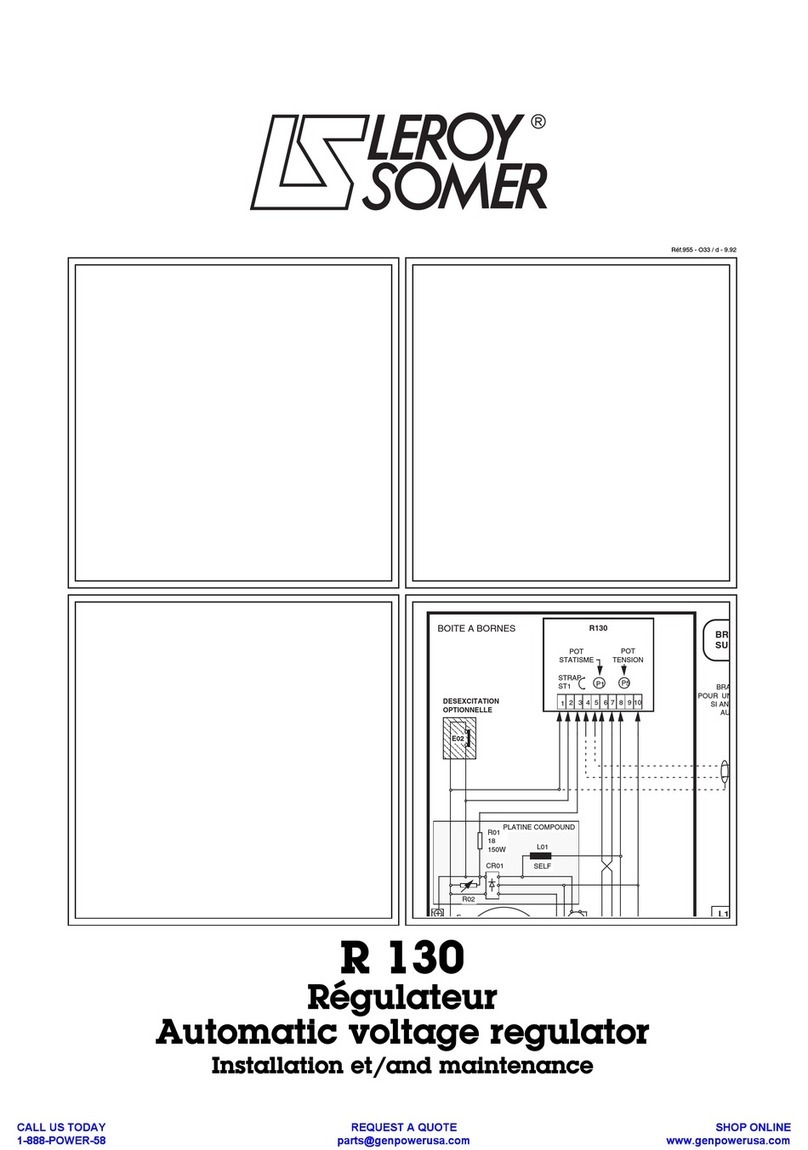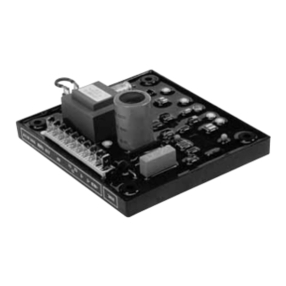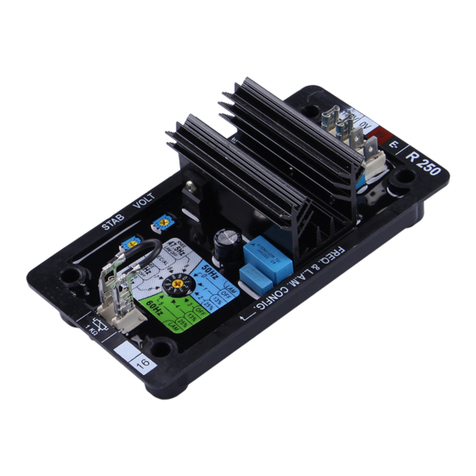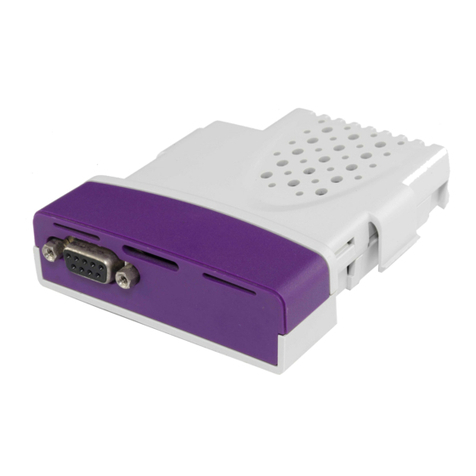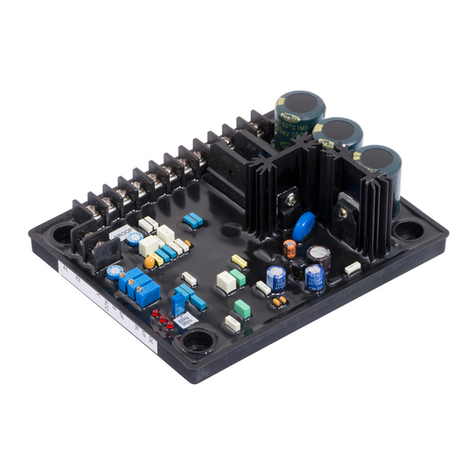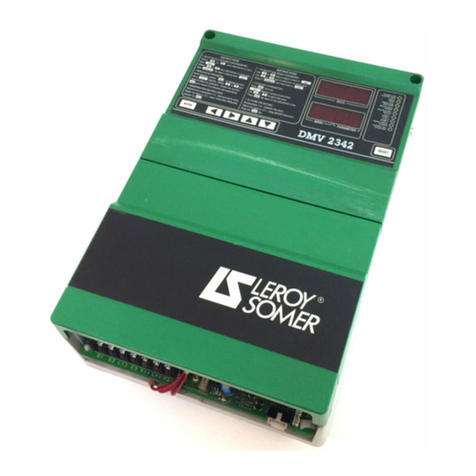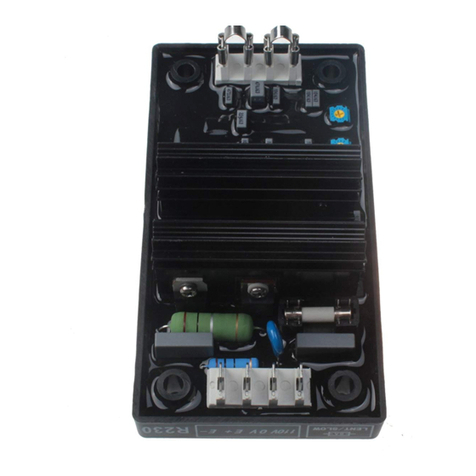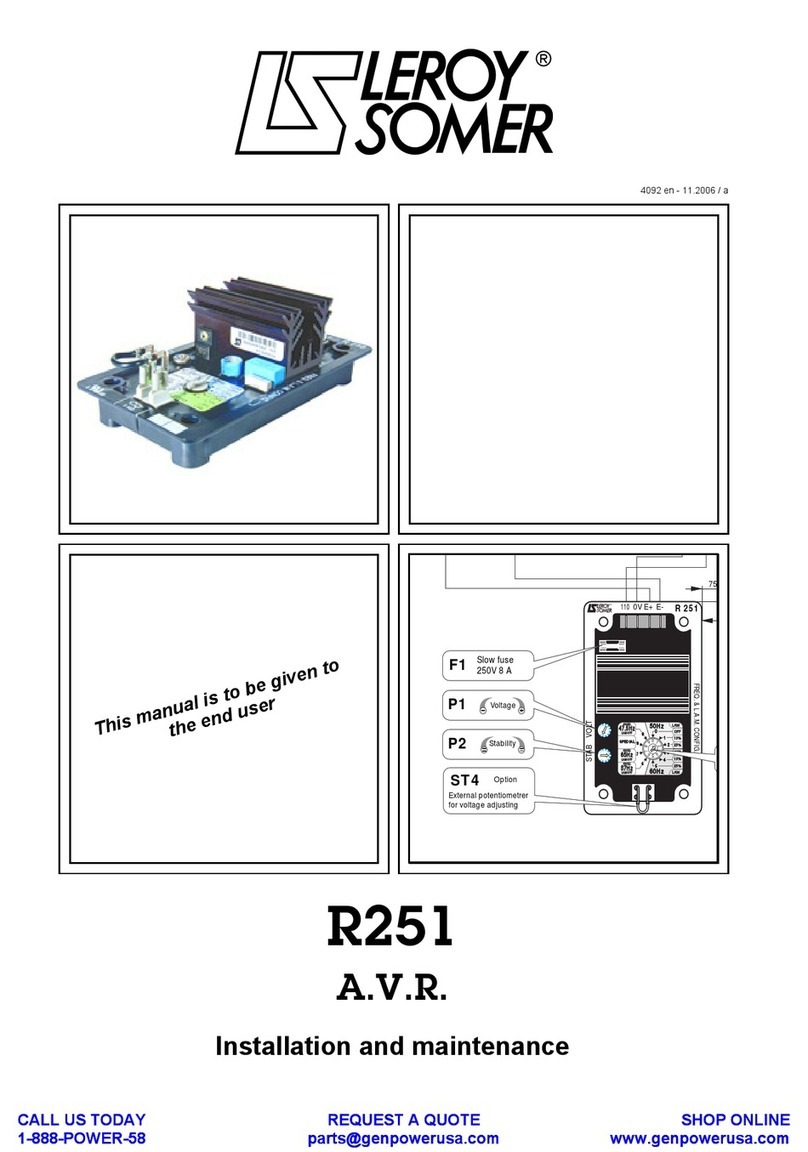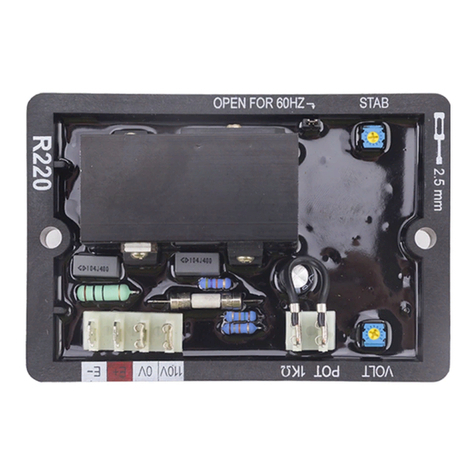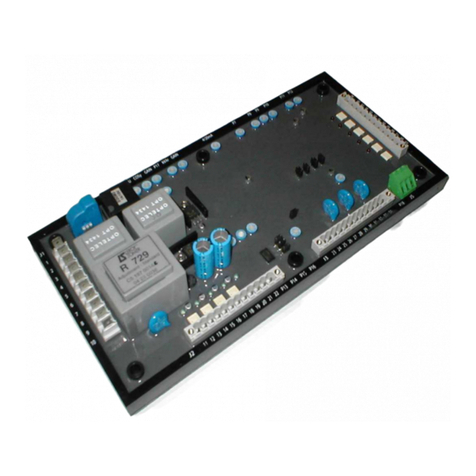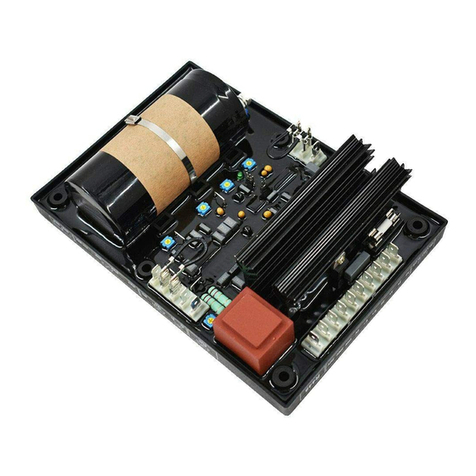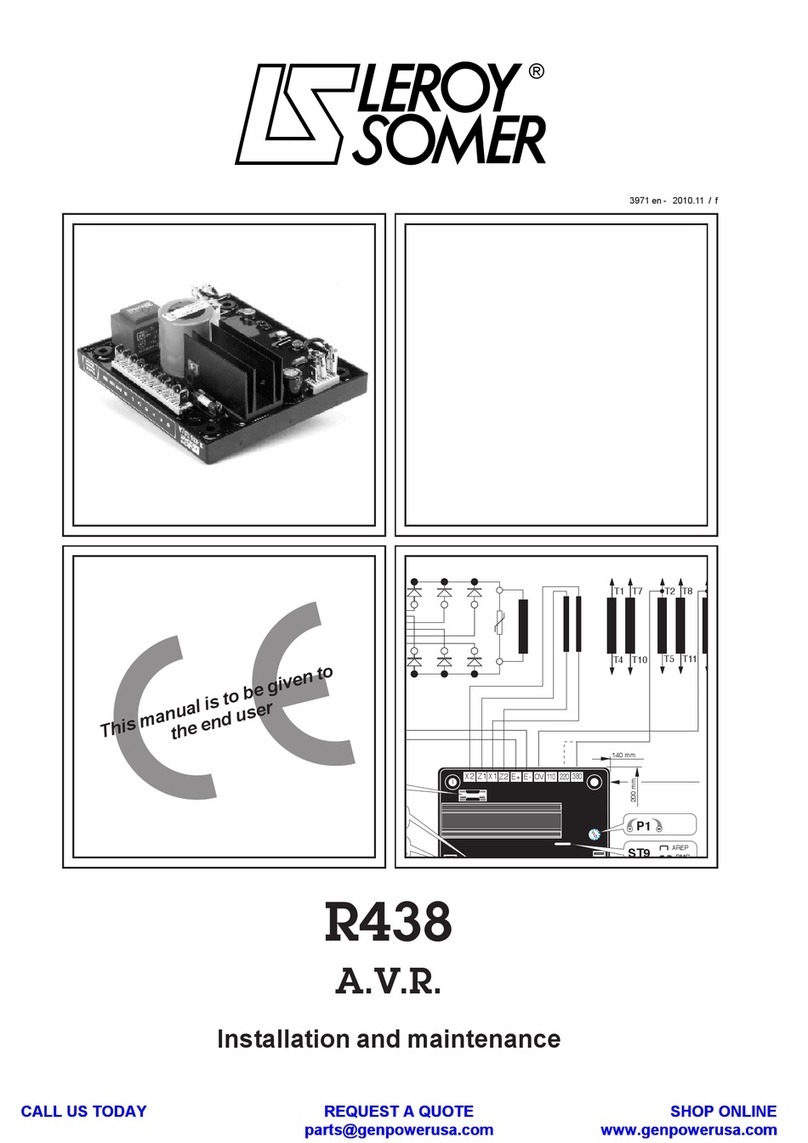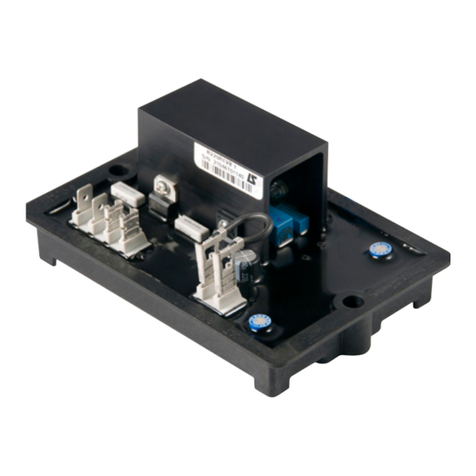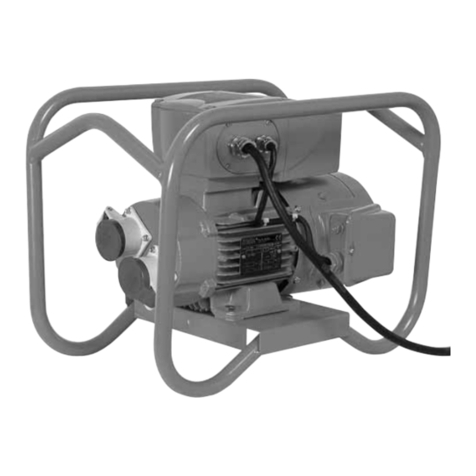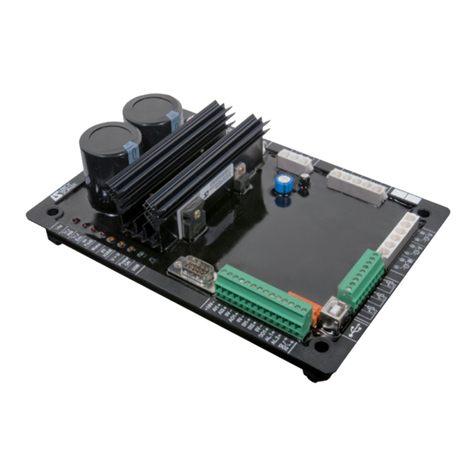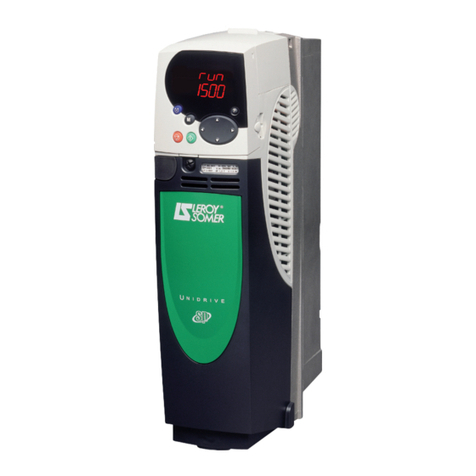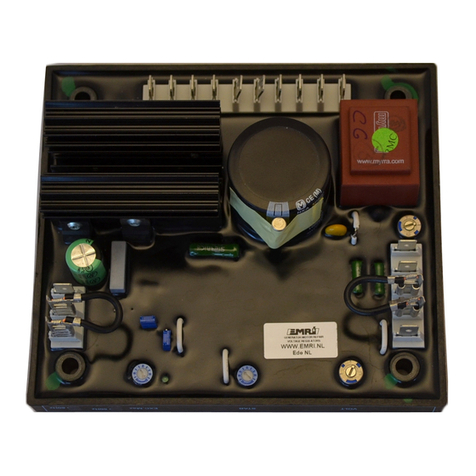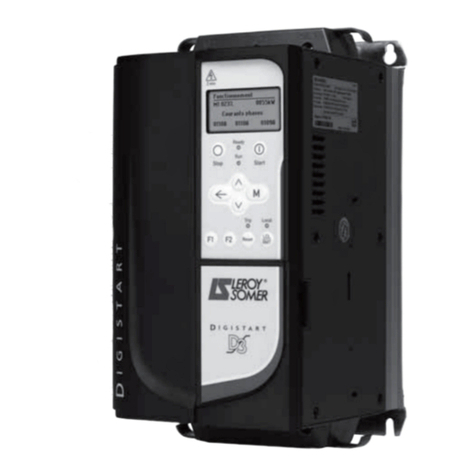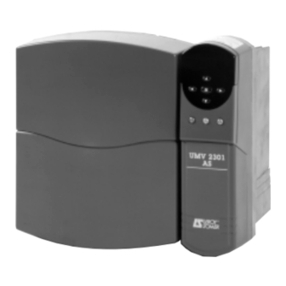
• Throughout the manual, this symbol warns
against consequences which may arise from
inappropriate use of the speed controller, since
electrical risks may lead to material or physical
damage as well as constituting a fire hazard.
1 - General
Depending on their degree of protection, speed controllers
can contain live bare parts, either moving or rotating, as
well as hot surfaces, during operation.
Unjustified removal of protections, incorrect use, faulty
installation or inappropriate operation could represent a
serious risk to personnel and equipment.
For further information, consult the manual.
All work relating to transportation, installation, commissioning
and maintenance must be performed by experienced
qualified personnel (see IEC 364 or CENELEC HD 384,
or DIN VDE 0100 and national specifications for installation
and accident prevention).
In these basic safety instructions, qualified personnel
means persons competent to install, mount, commission
and operate the product and possessing the relevant
qualifications.
2 - Use
Speed controllers are components designed for integration
in installations or electrical machines.
When integrated in a machine, commissioning must not
take place until it has been verified that the machine
conforms with Directive 89/392/EEC (Machinery Directive).
It is also necessary to comply with standard EN 60204
which stipulates in particular that electrical actuators
(which include speed controllers) cannot be regarded as
circuit-breaking devices and certainly not as isolating
devices.
Commissioning can only take place if the requirements
of the Electromagnetic Compatibility Directive
(89/336/EEC, modified by 92/31/EEC) are met.
Speed controllers meet the requirements of the Low
Voltage Directive 73/23/EEC, modified by 93/68/EEC.
The harmonised standards of the DIN VDE 0160 series
in connection with standard VDE 0660, part 500 and EN
60146/VDE 0558 are also applicable.
The technical characteristics and instructions concerning
the connection conditions specified on the nameplate
and in the documentation provided must be observed
without fail.
3 - Transportation, storage
All instructions concerning transportation, storage and
correct handling must be observed.
The climatic conditions specified in the technical manual
must be observed.
4 - Installation
The installation and cooling of equipment must comply
with the specifications in the manual supplied with the
product.
Speed controllers must be protected against excessive
stress. In particular, there must be no damage to parts
and/or modification of the clearance between components
during transportation and handling. Avoid touching the
electronic components and contact parts.
Speed controllers contain parts which are sensitive to
electrostatic stress and may be easily damaged if handled
incorrectly. Electrical components must not be exposed
to mechanical damage or destruction (risks to health !).
5 - Electrical connection
When work is performed on speed controllers which are
powered up, national accident prevention specifications
must be respected.
The electrical installation must comply with the relevant
specifications (for example conductor cross-sections,
protection via fused circuit-breaker, connection of
protective conductor). More detailed information is given
in the manual.
Instructions for an installation which meets the require-
ments for electromagnetic compatibility, such as
screening, earthing, presence of filters and correct
insertion of cables and conductors) are given in the
documentation supplied with the speed controller. These
instructions must be followed in all cases, even if the
speed controller carries the CE mark. Adherence to the
limits given in the EMC legislation is the responsibility of
the manufacturer of the installation or the machine.
6 - Operation
Installations incorporating speed controllers must be fitted
with additional protection and monitoring devices as laid
down in the current relevant safety regulations : law on
technical equipment, accident prevention requlations,
etc. Modification of speed controllers using control soft-
ware is permitted.
Active parts of the device and live power connections
must not be touched immediately after the speed
controller is powered down, as the capacitors may still
be charged. In view of this, the warnings fixed to the
speed controllers must be observed.
During operation, all doors and protective devices must
remain closed.
7 - Service and maintenance
Refer to the manufacturer's documentation.
This manual must be given to the end user.
3
UMV 4301
Open and closed loop speed
controllers for asynchronous and
synchronous motors
SAFETY AND OPERATING INSTRUCTIONS FOR SPEED CONTROLLERS
(In accordance with the low voltage directive 73/23/EEC modified by 93/68/EEC)
